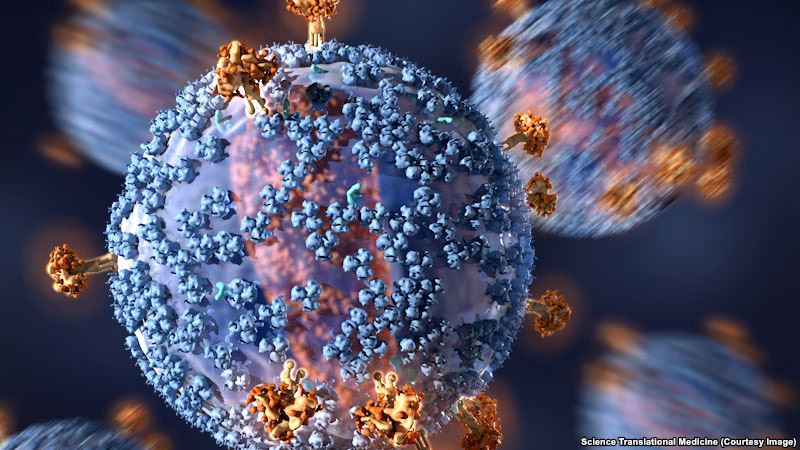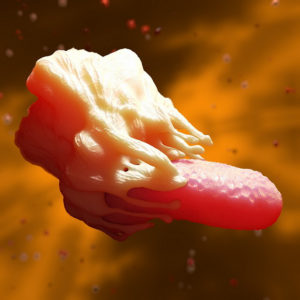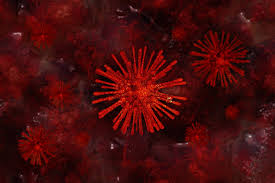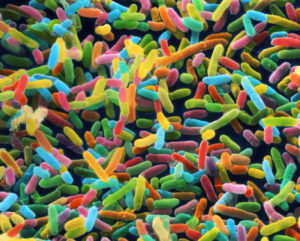An antibody to block viral fusion
A small fraction of HIV-1–infected individuals develop broad and potent antibodies that bind the HIV-1 envelope protein (Env). These antibodies recognize a limited set of conserved epitopes on Env, such as Env’s host receptor-binding site. Kong et al. now report a neutralizing antibody isolated from an HIV-1–infected individual that binds to the fusion peptide of Env. This is unexpected because viruses often try to mask such key components of their cell entry machinery from antibody attack. Crystal structures of the antibody bound to the fusion peptide and to Env itself define the epitope, provide insight into the specific mechanism of antibody binding, and may inform HIV-1 vaccine design.
Abstract
The HIV-1 fusion peptide, comprising 15 to 20 hydrophobic residues at the N terminus of the Env-gp41 subunit, is a critical component of the virus-cell entry machinery. Here, we report the identification of a neutralizing antibody, N123-VRC34.01, which targets the fusion peptide and blocks viral entry by inhibiting conformational changes in gp120 and gp41 subunits of Env required for entry. Crystal structures of N123-VRC34.01 liganded to the fusion peptide, and to the full Env trimer, revealed an epitope consisting of the N-terminal eight residues of the gp41 fusion peptide and glycan N88 of gp120, and molecular dynamics showed that the N-terminal portion of the fusion peptide can be solvent-exposed. These results reveal the fusion peptide to be a neutralizing antibody epitope and thus a target for vaccine design.







